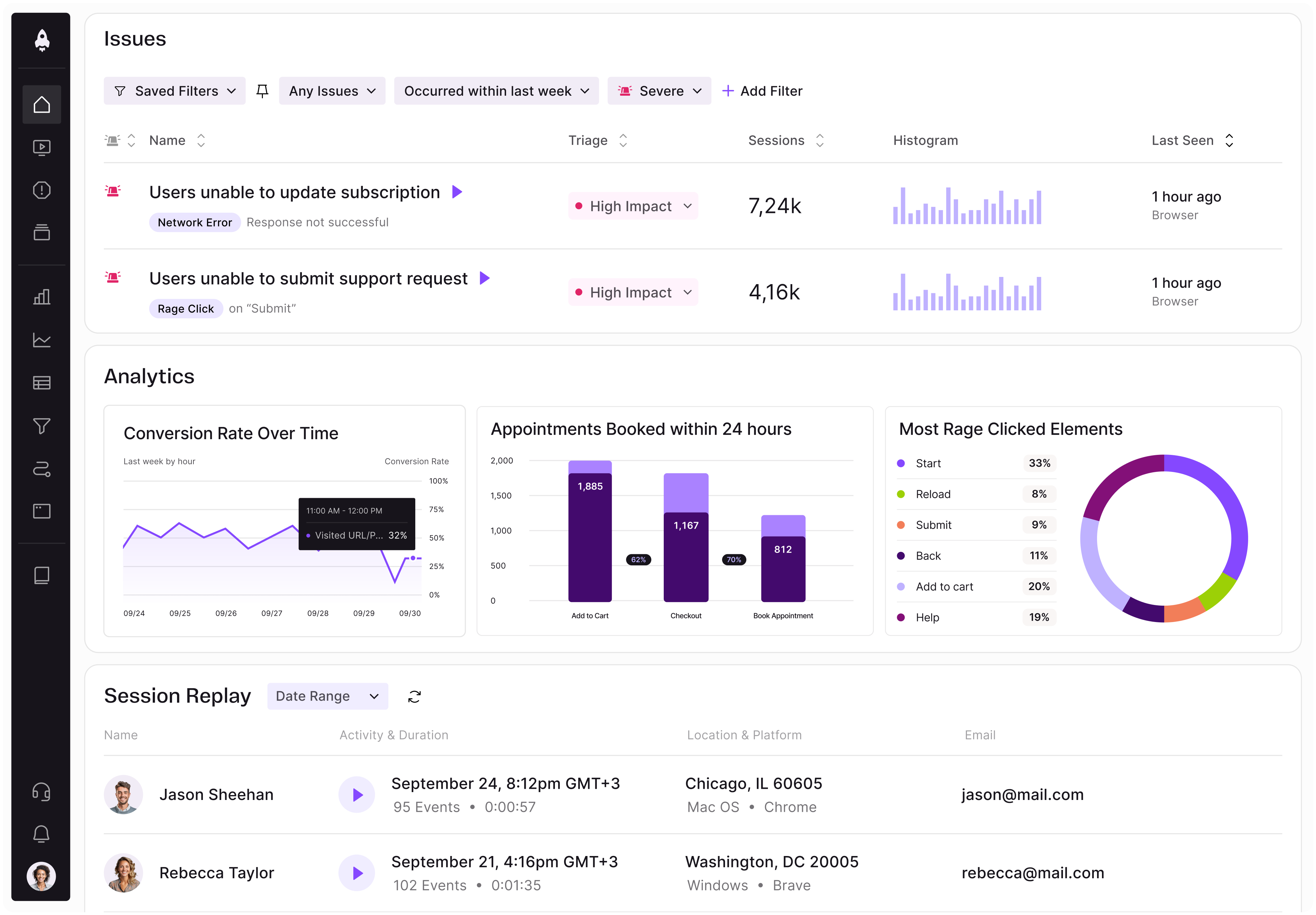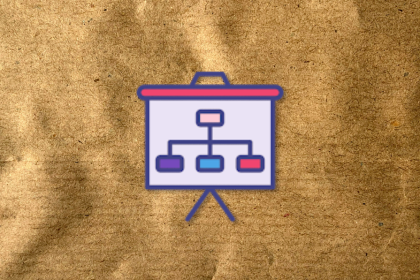AI PM has become one of the most hyped words of this decade within the product management industry. Companies are racing to hire AI PMs, while on the other side, the PM community is constantly talking about what AI PMs actually are.

I’ve been in product management for a decade now and have been diving into this topic since last year. In that time, I’ve used multiple AI tools and built AI agents. A couple of weeks back, Pranav Pathak, product director at Booking.com, posted about how there is a lot of confusion about what an AI PM is.
He started a series where every Saturday, he’ll post about a different AI PM role. The posts are extremely informative, but I wanted to share my own opinion about AI PMs after building AI tools on my own and talking to AI PMs from the community.
If you’ve ever looked at two AI PM job descriptions and thought they had nothing in common, you were probably right. Because in reality, from my experience, there isn’t one AI PM job; there are five. And each requires different skills and different instincts, as well as has very different day-to-day work.
In this post, I want to share how these AI PMs differ from each other, what they build, what skills one needs to excel in these roles, and what their output and career path look like.
But before that, let’s understand what an AI PM is.
Countless definitions of AI PMs are floating in the market, and to be honest, it also highly depends on your specific company and the product. To make matters easier, I’ve simplified it for you.
An AI PM is the one who uses or builds AI tools to solve a customer problem. This includes the type of problems you solve and the kind of systems you work with. It has nothing to do with knowing Python, training models, or having “AI” in your job title.
Here are three factors that distinguish AI PM from PM.
Traditional PMs work with predictable inputs and outputs. While I’m not debating that a traditional PM doesn’t work with uncertainty, an AI PM’s work requires a greater degree of it.
AI PMs spend their time defining:
Read more about how to think probabilistically as a PM working in the new AI-focused product landscape in our article on running AI products like a portfolio, not a project.
AI PMs partner daily with:
And they contribute by:
A traditional PM might request a feature. But an AI PM will work on building models and optimizing them so that they solve a business problem.
Traditional PMs measure their products based on acquisition, activation, retention, referral, and revenue. And in some cases, if it’s a B2B product, the metrics are generally related to efficiency.
But AI PM measures their product in different ways. Metrics include:
Overall, it depends on what problem you’re solving and what your solution includes.
In this section, I want to detail five types of AI PMs that companies are looking for in the current market. This industry is changing very fast, so by November 2026, this list might have expanded, but I believe that the core of AI PMs will still remain the same:

In my own work, I identify as an AI agent PM. I believe this is the space I want to excel in for the next two to three years. But before understanding AI Agents PM, we first need to understand what an AI agent is.
An AI agent automates manual tasks. But this automation is different from the traditional automation. Traditional automation follows rules; AI agents make decisions by connecting different tools.
For example, if traditional automation works like this: If A happens, do B; if B fails, do C.
But AI agents don’t follow fixed rules. They decide what steps to take based on the goal and the context. AI agents PM work on building, managing, and scaling such AI agents. Their use case is the strongest in domains that have manual operations, such as manufacturing, legal, insurance, customer support, HR, etc.
What outcomes do they own?
Real examples across companies
How to become an AI Agent PM
Conversational AI PMs build products where the primary interface is dialogue, specifically chat, voice, or messaging systems. A great example is ChatGPT — you ask a question and get an answer, and in the backend, models are helping you to find the right answer.
Unlike normal UX, conversation has no fixed structure, so trust and clarity matter more than design widgets.
What outcomes do they own?
There’s a small overlap of the outcomes with the traditional PM roles, but they still aren’t the same:
Real examples from companies
How to become a conversational AI PM
This role requires a very good understanding of modern user interfaces. Some skills that you can focus on are:
AI tool PMs are a little more technical than the other ones simply because of the nature of the product. They build tools that data scientists, ML engineers, and researchers use to develop and deploy models.
Some of the prime examples are experiment tracking platforms, model registries, training orchestration systems, feature stores, annotation tools, and evaluation frameworks. Their target user groups could be internal teams of ML engineers or an external product that focuses on making the lives of ML and data scientists easier.
What outcomes do they own?
Real examples from companies
How to become an AI tool PM
These PMs focus a lot on commercializing AI research. Their job is to take new model breakthroughs coming out of research teams and turn them into reliable, usable, and scalable products. They influence research directions by showing which capabilities matter most for customers, and they ensure the business can actually ship the science.
What outcomes do they own?
Real-world examples from companies
How to become an AI Research PM
Among all the other ones, data platform AI PMs are the most analytical. They build the data infrastructure and pipelines that make AI systems work.
Instead of working on user-facing features, they focus on the pipelines, platforms, and processes that collect, clean, store, and deliver high-quality data to machine learning teams. They partner closely with data engineers, ML engineers, and data scientists, acting as the bridge between what models need and how data should be structured, governed, and delivered.
What outcomes do they own?
Real-world examples from companies
How to become an AI Data PM
All of these PMs have an overlap, and there are cases where a PM is balancing two or more roles. But in a broad sense, this is how I see the classification of AI PMs.
Also, all of these roles appeared in the last few weeks globally, and so the only way to get into these roles is to pick the ones that suit your own vision and interest and build simple tools by your own self in addition to reading books.
AI PM roles are changing at a very fast pace. No one knows what’ll happen by the end of next year. But we can always look at the trends and data, and see what makes sense.
And with the rise of Claude Code, Cursor, OpenAI, and other AI tools, it’s a given that product managers will have to include AI in their work as much as possible. And this has already given rise to AI PMs.
What do you think about AI PMs? And in which category do you identify yourself? Feel free to comment and share your feedback.
Featured image source: IconScout

LogRocket identifies friction points in the user experience so you can make informed decisions about product and design changes that must happen to hit your goals.
With LogRocket, you can understand the scope of the issues affecting your product and prioritize the changes that need to be made. LogRocket simplifies workflows by allowing Engineering, Product, UX, and Design teams to work from the same data as you, eliminating any confusion about what needs to be done.
Get your teams on the same page — try LogRocket today.

A practical guide for PMs who want to stop being bottlenecks, delegate smarter, and lead teams effectively with a clear ownership framework.

Stop letting unreliable data block features. Treat data as inventory to track quality, ownership, and ship with confidence.

Learn why slide decks slow teams down and explore better tools like whiteboards, PRDs, and prototypes to improve collaboration and alignment.

Learn how you can use AI agents to automate workflows, boost productivity, and choose the right tools while avoiding common pitfalls.